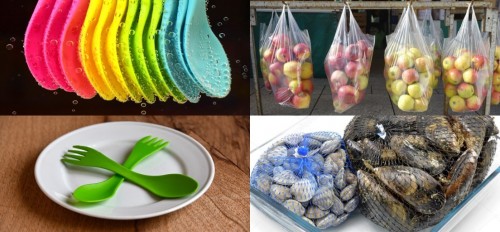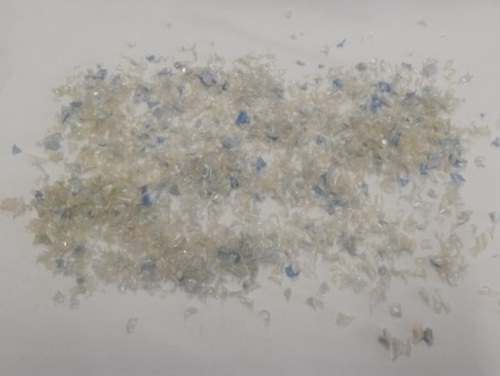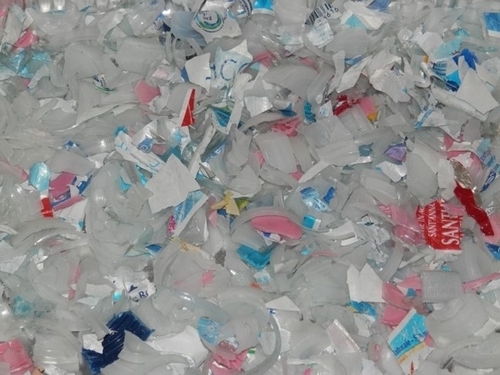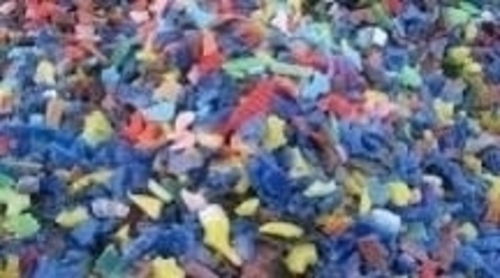The UNI 10667-9: 2011 standard is applied to secondary raw plastic materials derived from the post-consumed recycled of PET containers and it defines the requirements and test methods for R-PET for sheet and leaves production.
UNI 10667-8: 2011 is applied to secondary raw plastic materials derived from the recycled post-consumed of PET containers and it defines the requirements and test methods for R-PET for the production of blown items.
UNI 10667-7: 2011 is applied to secondary raw plastic materials derived from the post-consumed recycled of PET containers and it defines the requirements and test methods for R-PET for fiber production.
The UNI 10667-15: 2011 standard is applied to R-PET derived from post-consumed industrial waste mechanical recycled residues of chemical depolymerization.




